The Gentle Cleansing Magic of Beeswax Soap
In turning to bee and honey products, most of us are attracted initially by the prospect of a more natural, organic product that both works and is good for the body as a whole.
And although honey may be the most popular bee product, beeswax comes in a close second place, especially for the benefits that it brings for our skin and for its subsequent conditioning properties.
One of the easiest and most convenient ways to take advantage of beeswax is in the form of beeswax soap, which you would use instead of your normal, everyday bath soap.
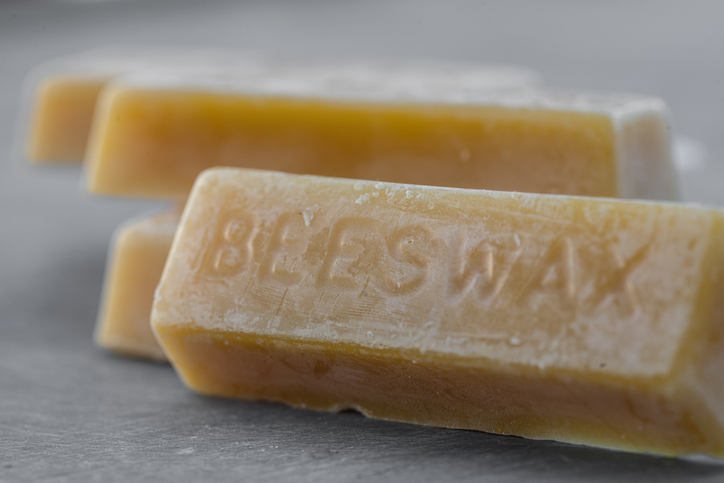
Benefits of Beeswax Soap
Although beeswax is known primarily for its conditioning and soothing properties that it has upon the skin, beeswax has a number of other benefits that are worth discussing, and include:
- It's action as a natural anti-inflammatory that helps to calm and sooth irritated skin that has been damaged in some way.
- When used regularly, it can help to soften and smooth out hard, encrusted spots on the skin.
- Beeswax soap has natural antimicrobial and antibacterial properties, keeping your skin free from disease.
- It can help to naturally protect the skin from environmental toxins and damaging UV rays.
- Beeswax is a great source of natural Vitamin A, which is a primary fuel in the process of cell maintenance and cell regeneration.
- Beeswax in soap makes the bar harder, helps the soap last longer.
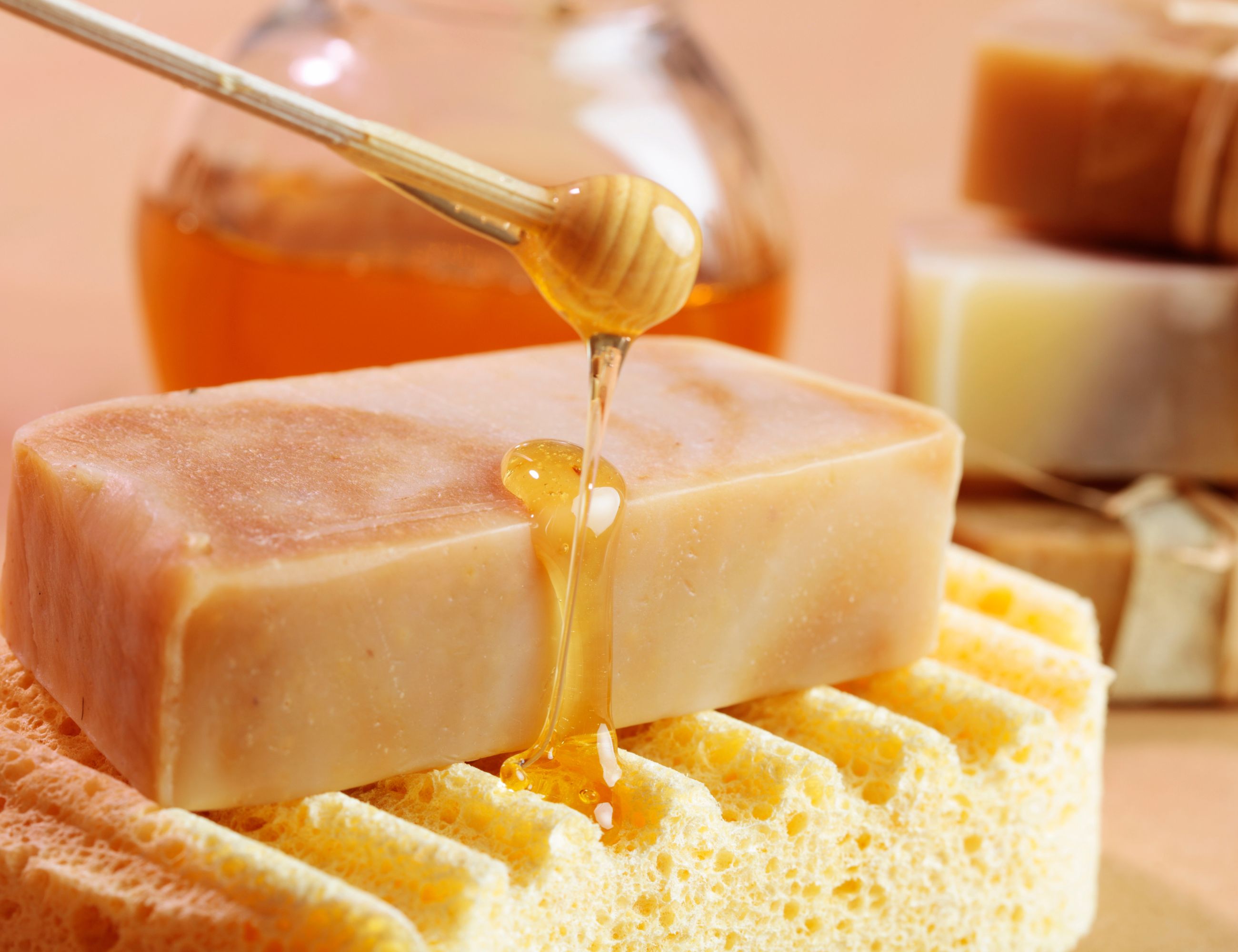
How Beeswax Soap Can Help You
Regardless of whether you’re experiencing some subtle health problems and are looking for a holistic solution or you are simply looking to upgrade from your normal everyday bath soap, this may be a product worth investigating.
Oh, and one last thing: not only is it good for the skin, but it smells great too and will naturally perfume your skin even after you step out of the shower!
Beeswax Soap Recipe
Making homemade beeswax soap can be a rewarding and enjoyable process. Here's a simple recipe to get you started:
Ingredients:
- 1 cup grated beeswax
- 2 cups coconut oil
- 2 cups olive oil
- 1 cup water
- ¼ cup lye (sodium hydroxide)
- Optional: essential oils for fragrance (such as lavender, peppermint, or citrus)
Equipment:
- Heat-resistant container for mixing lye and water
- Heat-resistant pitcher for melting oils and beeswax
- Thermometer
- Soap mold
- Protective gear (gloves, goggles, long sleeves)
- Metal stirring utensils
Instructions:
- Prepare your workspace: Make sure you're working in a well-ventilated area and that your work surface is protected. Wear protective gear to prevent contact with lye.
- Mix lye and water: In a heat-resistant container, carefully add the lye to the water (never the other way around) while stirring continuously. The mixture will become hot and release fumes, so be cautious and avoid inhaling. Allow the lye solution to cool down to around 100°F (38°C).
- Melt oils and beeswax: In a heat-resistant pitcher, melt the coconut oil, olive oil, and grated beeswax together over low heat until completely melted. Stir occasionally to ensure even melting. Once melted, remove from heat and let it cool to around 100°F (38°C).
- Combine lye solution and oils: Once both the lye solution and oil mixture have cooled to around 100°F (38°C), slowly pour the lye solution into the oils while stirring continuously. Be careful as the mixture may splatter. Stir until the mixture reaches trace, which is when it thickens to a pudding-like consistency and a trace or "line" remains when you drizzle a small amount of the mixture over the surface.
- Add fragrance (optional): If desired, add a few drops of your chosen essential oils to the soap mixture and stir well to distribute the fragrance evenly.
- Pour into mold: Pour the soap mixture into your soap mold. Tap the mold gently on the counter to release any air bubbles and ensure the soap settles evenly.
- Let it set: Allow the soap to cool and harden in the mold for 24-48 hours. It's important to let it cure for at least a few weeks before using it to ensure that all the lye has reacted and the soap is safe to use.
- Unmold and cut: Once fully cured, carefully remove the soap from the mold and cut it into bars of your desired size using a sharp knife.
- Allow further curing: Place the cut bars on a rack or tray in a well-ventilated area to further cure for several weeks. This helps the soap harden and improves its longevity.
- Enjoy: Once fully cured, your homemade beeswax soap is ready to use! Enjoy the luxurious feeling of using a soap made with natural ingredients.
Remember to always use caution when working with lye and follow safety guidelines carefully. Enjoy your homemade soap-making adventure!
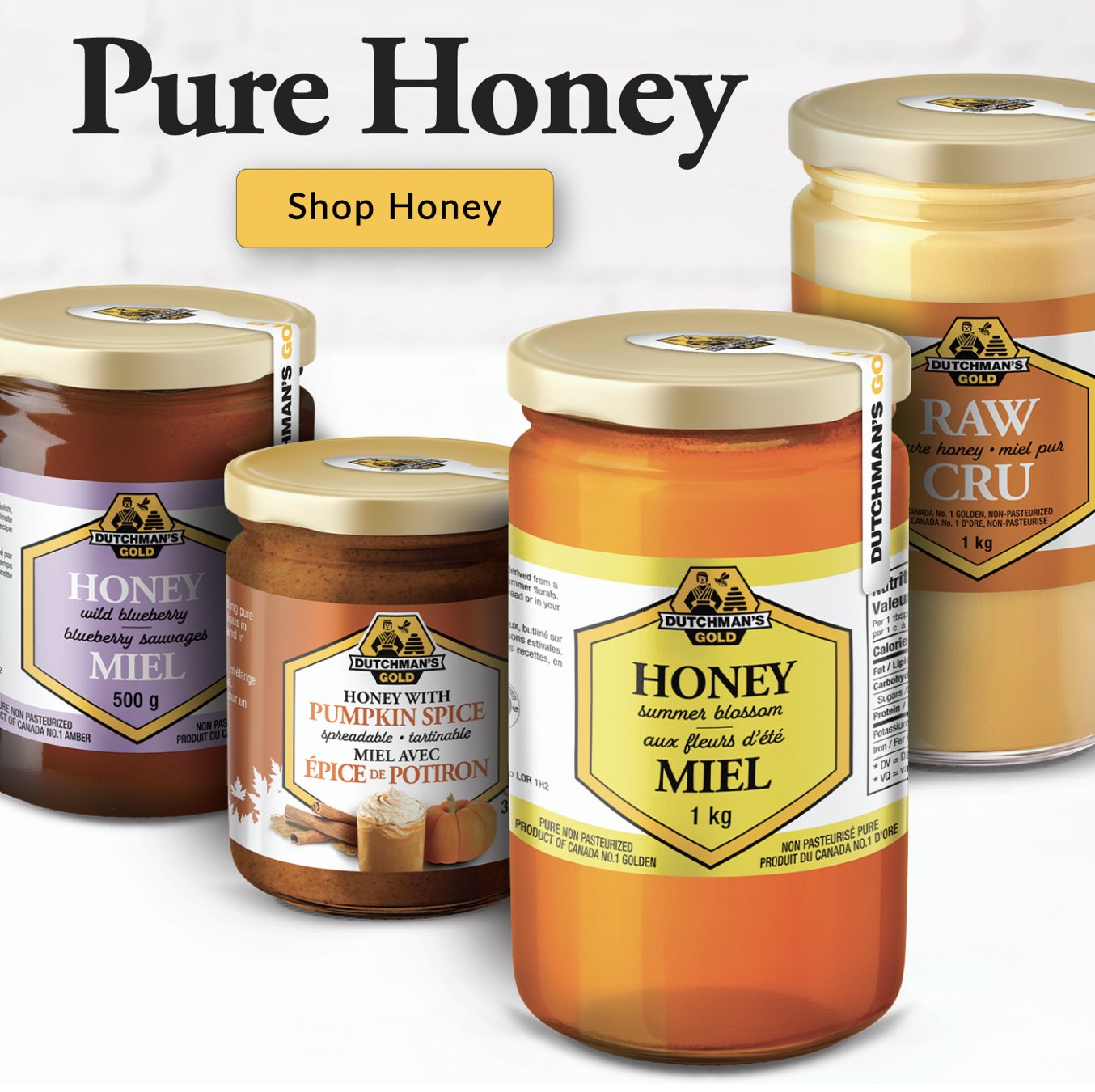
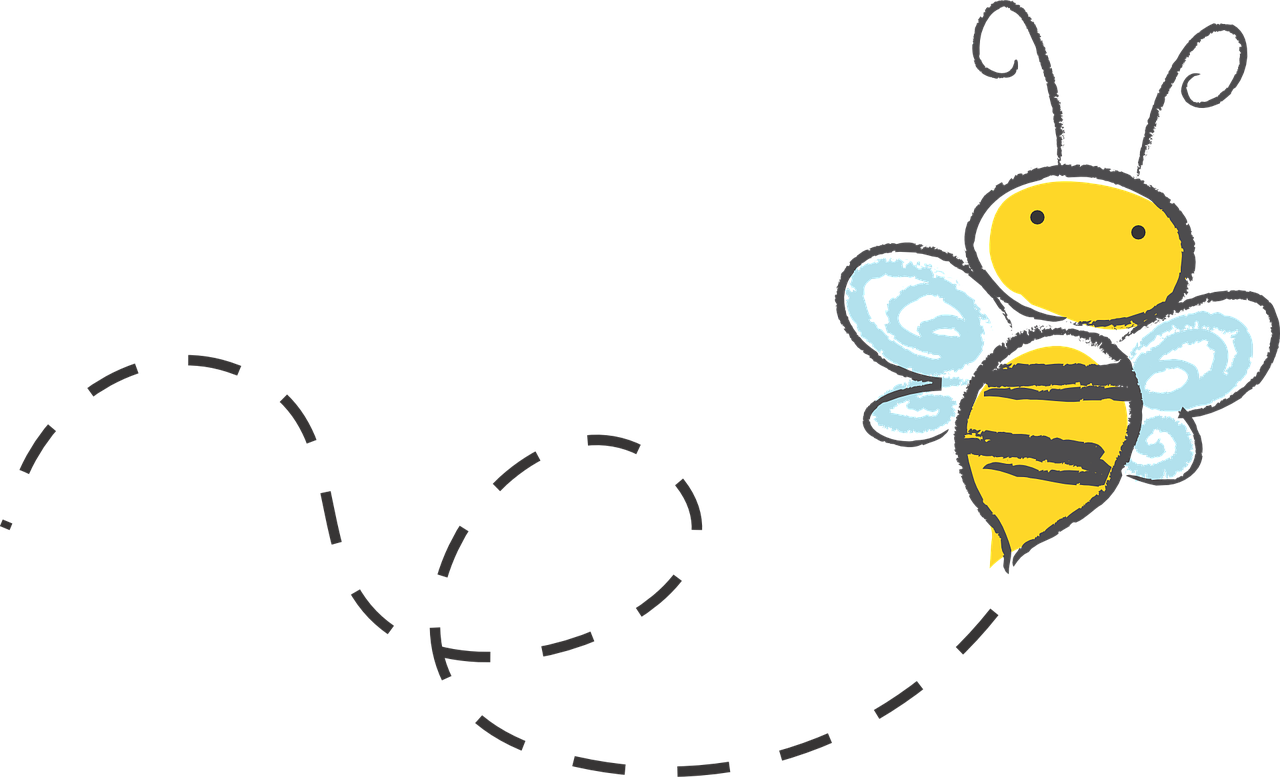

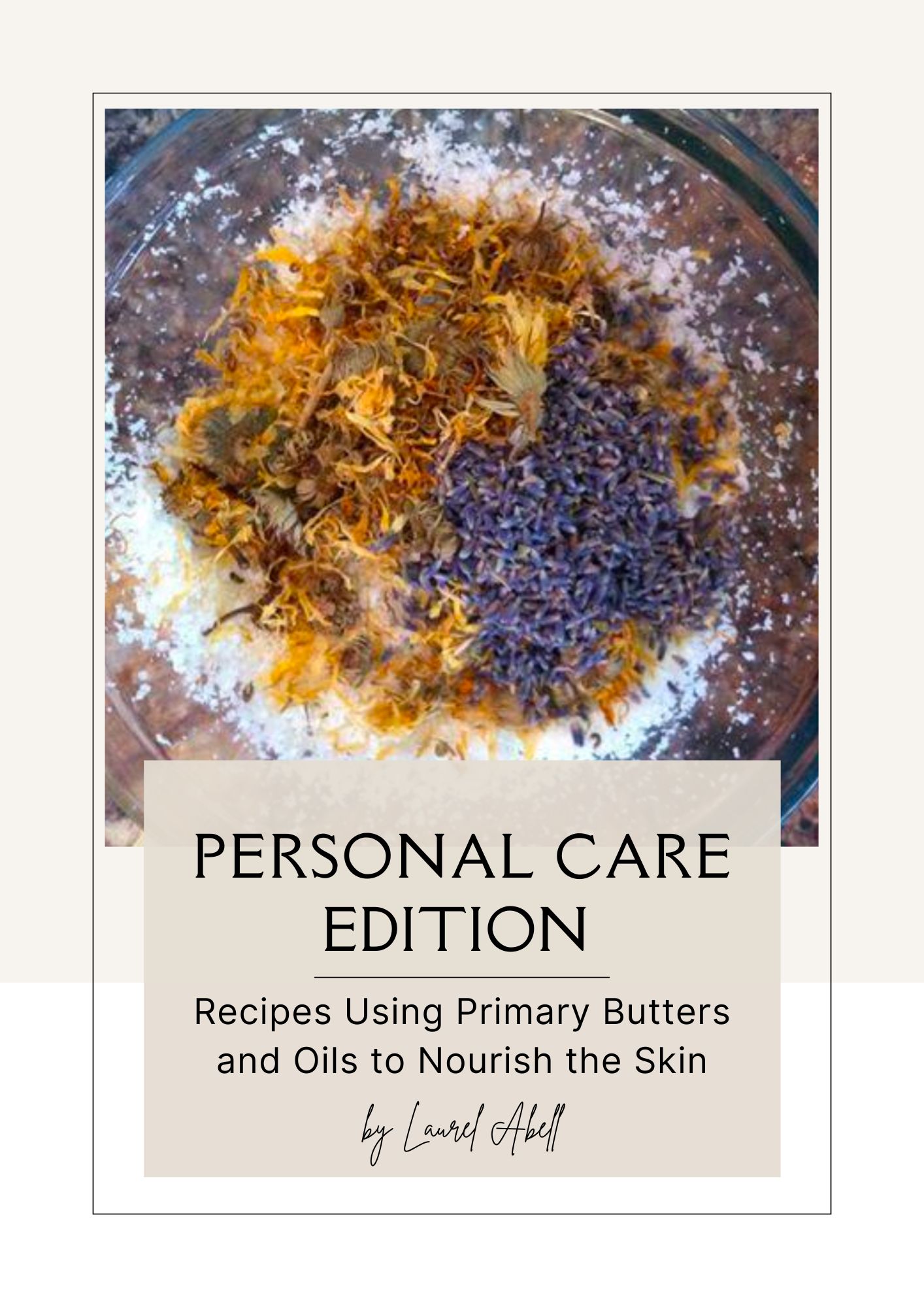
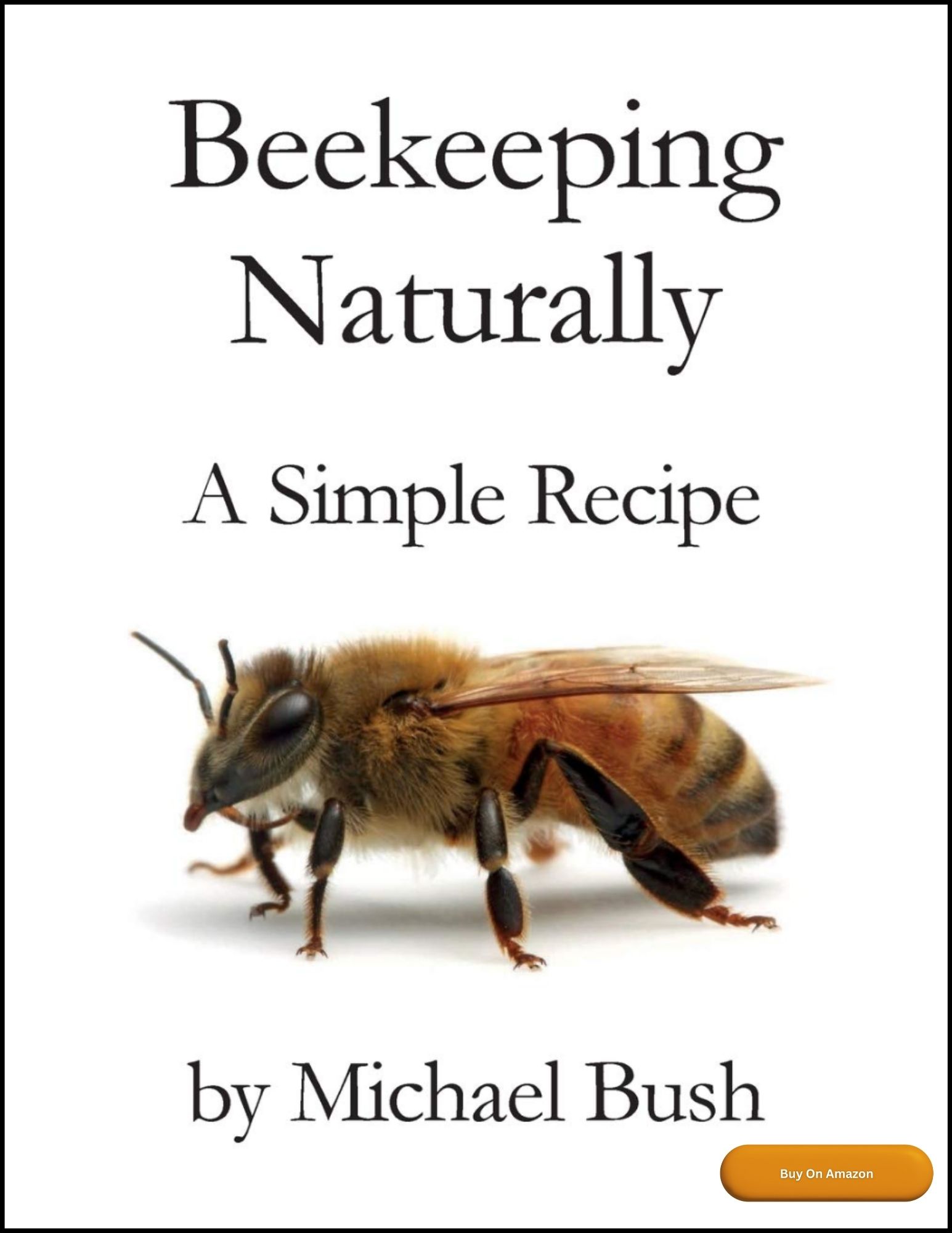
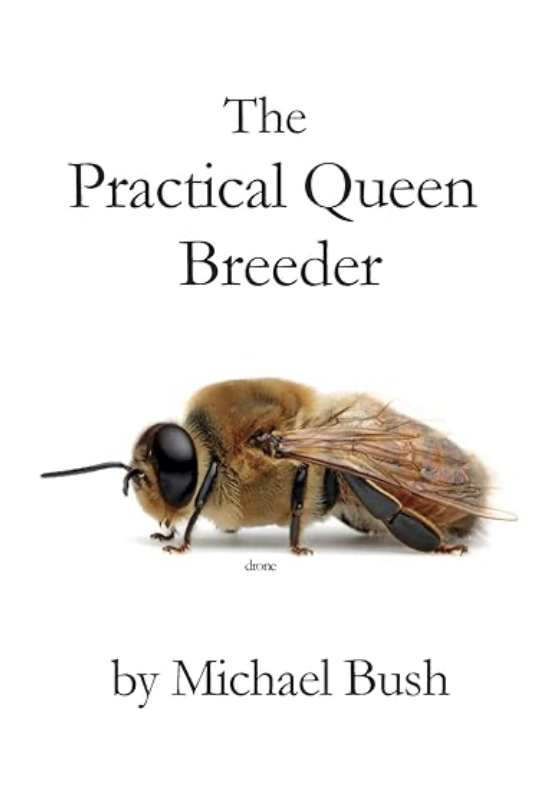

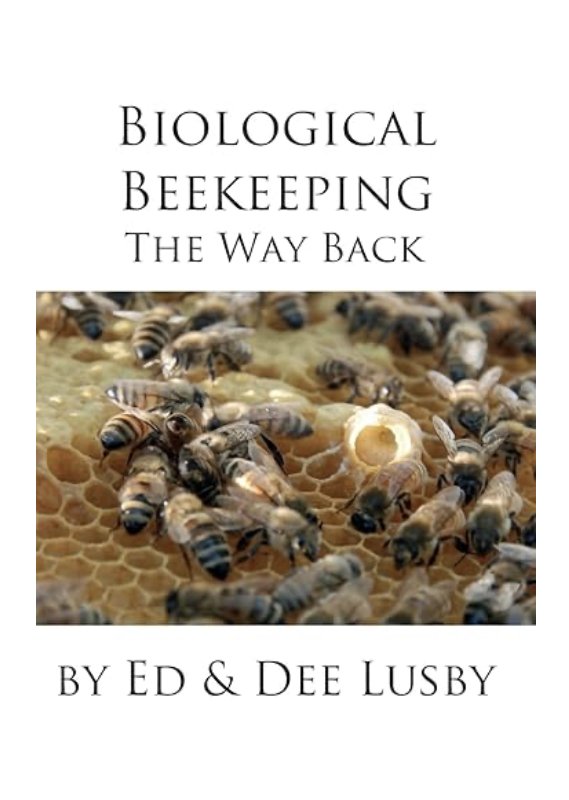

New! Comments
Have your say about what you just read! Leave me a comment in the box below.